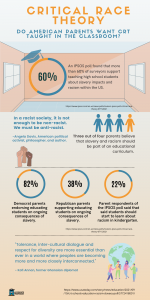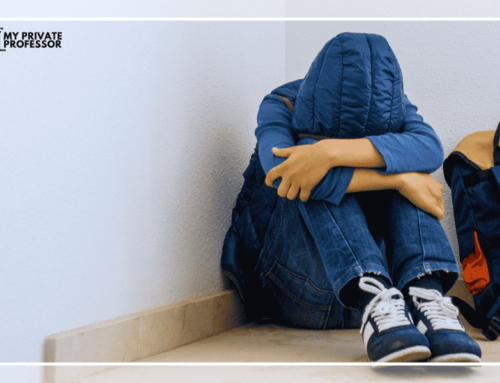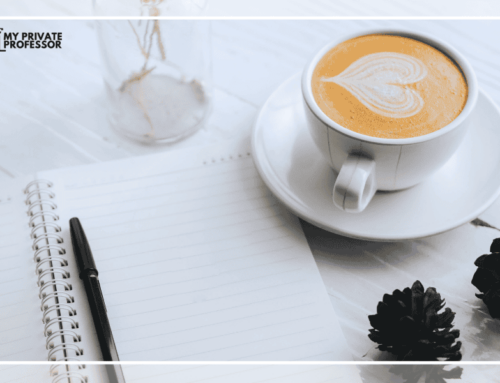Critical race theory (CRT), as a discussion topic, has been erupting in the past couple of years. Perhaps this is in part due to social and political changes that have occurred. Additionally, it’s likely a product of some of the protest bans that ensued after the 2020 election.
But what’s definite is that people want the freedom to share and discuss their experiences. On the flip-side, other individuals are at odds about the implications of allowing complete free speech.
Critical race theory is an academic concept with origins back in the 1970s. CRT is essentially a framework highlighting the way in which racism is embedded within all life sectors.
Critical race theory fundamentals
The foundation of critical race theory is that race is not a natural, biological feature. And it’s not something that distinguishes humans from one another. Instead, CRT considers race a social construct—and a tool that oppresses and exploits people of color.
In a few words, CRT holds the belief that racial prejudice is ingrained into all U.S. laws and institutions. The following examples in the U.S. illustrate this postulation:
- Black Americans have much higher incarceration rates than any other racial group.
- Black women are significantly more likely to face sexual harassment in the workplace.
- Black people receive worse medical treatment and thus worse health outcomes compared to other groups.
Critical race theorists argue that racism is inherent within the law, where it functions to create and hold inequalities. These CRT theorists are first and foremost devoted to applying their nuanced understandings of institutional racism. Ultimately, their goal is to eliminate all racial-based—and any other prejudiced—hierarchies.
Additionally, CRT theorists and supporters aim to empower voices which have historically been marginalized. By utilizing research and storytelling, these theorists try to demonstrate how it’s critical to include CRT in all racial discourse.
The main CRT proponents include sociologists and literary theorists who evaluate the relationships between political power, social structure, and rhetoric. CRT scholars aim to use the model to help others understand large-scale problems.
Critical race theory background
Critical race theory emerged in the 70’s, but was officially organized in 1989 at the first annual CRT workshop. CRT creators include legal scholars Derrick Bell, Kimberly Crenshaw, and Richard Delgado.
CRT advocates initially wanted to investigate how legal institutions serve the interests of wealthy, powerful groups at the expense of poor, marginalized groups. Additionally, proponents believed that liberalism, by itself, couldn’t adequately address inherent forms of inequality in society.
Andrew Sullivan, polemicist and public intellectual explains in a blog post that,
“Liberalism assumes that we are all individuals, capable of reasoning with each other as equals.”
And CRT argues that,
“We are mere representatives of racial constructs which are part of a permanent struggle between the oppressors (white) and oppressed (non-white).”
Proponents for banning critical race theory
Recently, backlash against CRT has spread across the country. CRT opponents mainly claim that they’re trying to support a balanced, patriotic education. Many of them suggest that teaching young children about racism will result in the children seeing each other as pitted against one another.
After the 2020 election, people took to the streets to protest police brutality. Many states responded by passing—or attempting to pass—laws criminalizing protests. Currently, several states are attempting to squash and ultimately silence racial discussions.
These bans are, in essence, censorship, since they silence what people consider dissent. And in turn, they punish individuals who are trying to educate others, themselves, or discuss lived experiences.
These bans deny truths for both individuals and the actual histories. And when legislators censor any type of critical theory, they consequently discourage students from thinking for themselves.
Aversions to critical race theory
It’s certainly not atypical for our society to face conflict—as with most politically-charged concepts, CRT has its proponents, and its opponents. So when did people start finding flaws within critical race theory?
The New York Times developed an initiative called The 1619 Project. This is a growing endeavor that began in August 2019, marking the 400th anniversary of the beginning of American slavery. The project’s goals are to reframe U.S. history and—in order to do this—place the consequences of slavery and racial issues at the forefront of American discourse.
In September 2020, former President Donald Trump called the project “a crusade against American history” and dubbed it “ideological poison” that in the end “will destroy our country.” Notably, this was a powerful figure discouraging and illustrating his distaste with this form of racial discourse—which ultimately led to more backlash.
How can discussing race impact students?
There is some empirical research demonstrating that CRT, or discussions that involve race, may benefit students.
One study focused on the effect of a class for Black adolescent students in Oakland. The class discussed Black history and culture, unpacked negative stereotypes, and provided college/career advising.
This study found that dropout rates among Black adolescent boys dropped from 8.5% to 4.9%. So simply discussing their experiences and histories may have been a factor in whether or not they continued pursuing education.
Researchers have also found that having open and challenging discussions can impact academic outcomes.
For instance, a 2014 paper discussed how a Mexican American studies course impacted students. The course focused specifically on social justice and oppression patterns. The paper demonstrates that students taking this class were significantly more likely to pass state exams and graduate from high school as compared to students who didn’t take the course.
A 2019 study focused on the effects of historical/racial discourse on student political engagement. The researchers looked at a history lesson which discussed Black and Hispanic contributions to history. They found that this lesson boosted political engagement. That is, Black and Latinx students in the experimental group were more likely to say that they would vote or join protests when they became eligible.
Other research and studies show that black students benefit from discussing racial issues in the classroom. These benefits include higher test scores, lower suspension rates, and a higher rate of students completing high school.
Evidently, research indicates that discussing race in the classroom is beneficial, demonstrating the value of culturally responsive teaching and learning. And seemingly, this shows that implementing critical race theory in the classroom may have untapped potential.
Author: Lydia Schapiro








